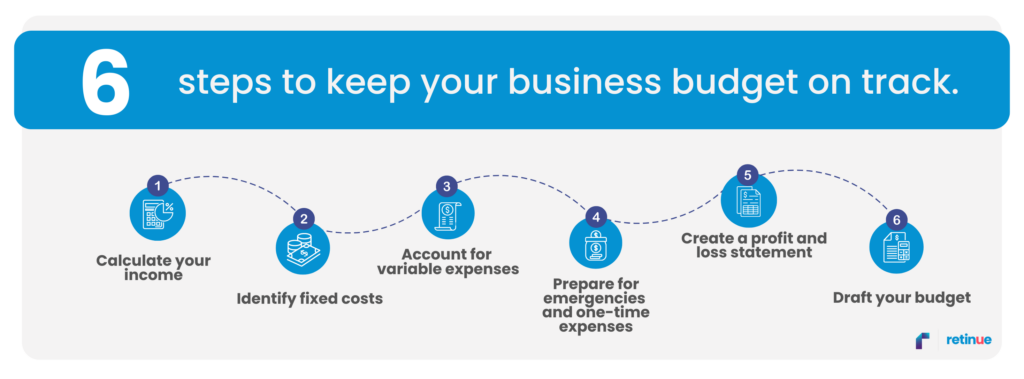
6 September 2024
Running a small business is more than just selling products or providing services—it requires financial planning and disciplined budgeting. A well-structured budget serves as a financial road map, guiding your business through the ups and downs of revenue fluctuations, expenses, and unexpected challenges. In this article, we’ll walk you through the steps to create a solid budget for your small business and offer tips on how to stick to it.
Why Budgeting Matters for Small Businesses
Budgeting isn’t just about keeping track of expenses—it’s about looking ahead. A robust budget allows you to set financial goals, make informed business decisions, and prepare for opportunities and challenges. By establishing a budget, you can:
Budget Your Way to Success
Here are some proven steps to craft a budget that puts you in control and keeps your business on track.

Tips for Sticking to Your Budget
Creating a budget is only half the battle; sticking to it is where many businesses falter. Here are some strategies to help you stay on track:
The Bottom Line
A well-crafted budget is more than just a financial plan—it’s a tool to help you achieve your business goals. By creating a detailed budget and committing to regular reviews, you can ensure that your small business remains on a solid financial footing, ready to grow and thrive.
Need a hand mastering your business finances? We’re here to help you every step of the way. Call Retinue to get started: 1800 861 566.
*Retinue’s (ABN 66 658 618 449) payroll service includes the processing of hours and wages rates provided by you. We do not determine award rates for your employees or provide advice on the correct employment status of your employees. It is your responsibility to ensure that your employees are paid correctly and we recommend obtaining advice from specialised employment relations experts.
Protection is only provided for ATO investigations notified to us during the period which you are a client and relating to any tax returns or lodgements prepared by us. Fines includes any penalties and interest that may result from any errors made by us but does not include any additional tax liability that may result from an amended lodgement.
Liability limited by a scheme approved under Professional Standards Legislation.
©2024 Retinue. All rights.